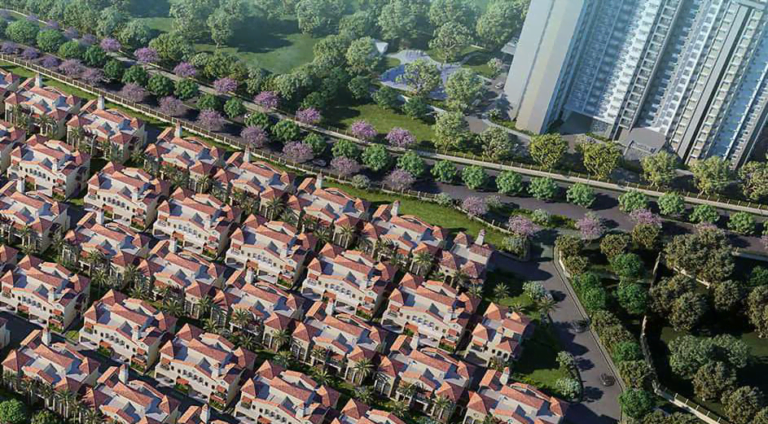As the effects of climate change become increasingly evident, the real estate industry is not immune to its impacts. From rising sea levels and extreme weather events to shifting market trends, climate change has significant implications for the future of the real estate, including villas.
In this article, we will explore how climate change affects real estate in Hyderabad, and provide insights on how to future-proof your villa against these challenges.
Real Estate in Hyderabad: A Growing Market with Climate Risks
Hyderabad, the capital city of the Indian state of Telangana, is a rapidly growing metropolis known for its booming real estate market. The city has witnessed a surge in real estate development, with numerous villas, apartments, and commercial properties mushrooming across its landscape. However, this growth also brings its share of climate risks.
Like many other cities in India, Hyderabad is vulnerable to climate change’s impacts. The region faces increased temperatures, erratic rainfall patterns, and flooding events. These climate risks can, directly and indirectly, impact real estate properties, including luxury villas in Hyderabad.
Real Estate Interest Rates: Navigating Uncertainty with Climate Resilience
Interest rates play a crucial role in the real estate market, as they determine the cost of borrowing for homebuyers and investors. With climate change posing uncertainties in the gated community villas in secunderabad, interest rates can also be impacted.
However, due to climate change in recent times, it is really important for us to protect our homes as well. Not just internally, but externally too.
To future-proof your villa and mitigate the impact of climate change on interest rates, it is essential to invest in climate-resilient measures. This can include incorporating features such as rainwater harvesting systems, green roofs, and energy-efficient building materials in your villa’s design and construction. These measures can help reduce the risks associated with flooding, water scarcity, and extreme temperatures, and demonstrate to lenders that your property is resilient to climate impacts.
In Hyderabad, real estate investors need to assess the climate risks of a property before making investment decisions. This can include evaluating factors such as the property’s location, vulnerability to flooding or extreme heat, and the potential impact of climate change on market trends and demand.
By considering these factors, investors can make informed decisions and choose properties that are likely to be more resilient to climate impacts in the long run.
Climate change can also affect the way gated community villas are made, including villas. As the risks associated with climate change become more pronounced, investors are increasingly considering climate risks as part of their investment strategy.
Preparing Your Villa for Climate Change: Tips for Future-Proofing
To future-proof your villa against the impacts of climate change in Hyderabad or any other location, here are some key tips:
- Assess climate risks: Understand the potential climate risks that your property may face, such as flooding, extreme heat, or other climate-related events. This can help you identify areas that need attention and prioritize investments in climate resilience measures.
- Incorporate sustainability measures: Invest in sustainable features such as rainwater harvesting systems, solar panels, energy-efficient appliances, green roofs, and other measures that can reduce your property’s environmental impact and increase its resilience to climate change.
- Plan for water management: With changing rainfall patterns and potential water scarcity, consider incorporating water management strategies such as rainwater harvesting, water recycling, and efficient irrigation systems in your buy luxury villas in shamirpet design.
- Strengthen the building envelope: Ensure that your villa’s building envelope, including the roof, walls, windows, and doors, are designed and constructed to withstand extreme weather events and minimize potential damages.
- Review insurance coverage: Regularly review and ensure it adequately addresses potential climate risks. Consider additional coverage or riders if needed.
- Stay informed: Stay updated with the latest information on climate change impacts and policies, and consider engaging with local authorities, experts, and communities to understand and address the specific climate risks in your area.
Climate change is a significant challenge that has implications for the real estate industry, including villas in Hyderabad or any other location. By assessing climate risks, incorporating sustainability measures, planning for water management, strengthening the building envelope, reviewing insurance coverage, and staying informed, villa owners can take steps to future-proof their properties and minimize the potential impacts of climate change.
It is essential to consider climate resilience as a key factor in your real estate investment and management strategy to ensure the long-term sustainability and value of your villa in the era of climate change.


